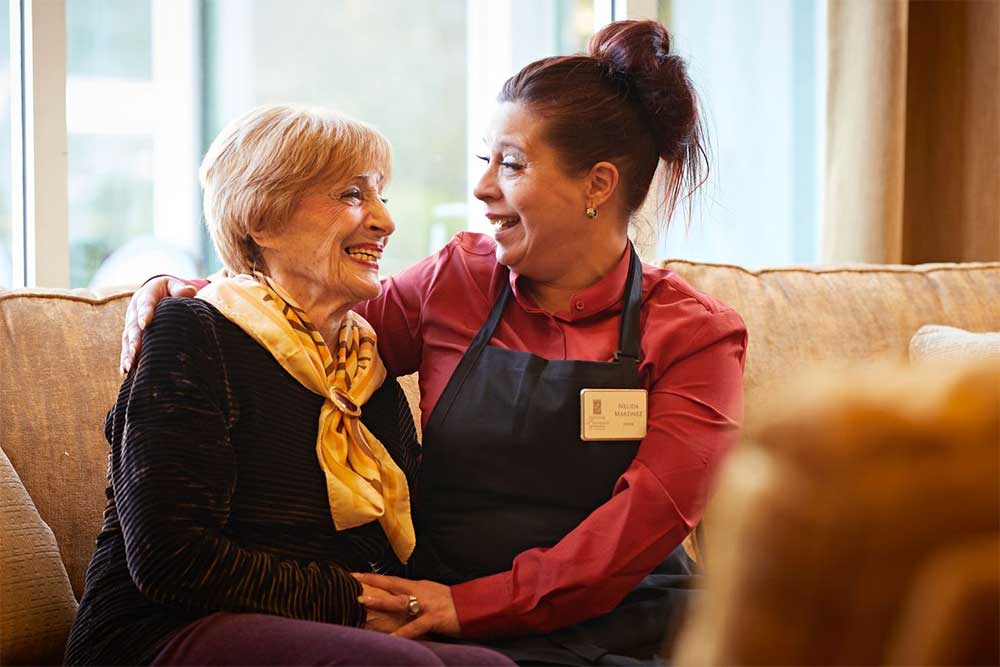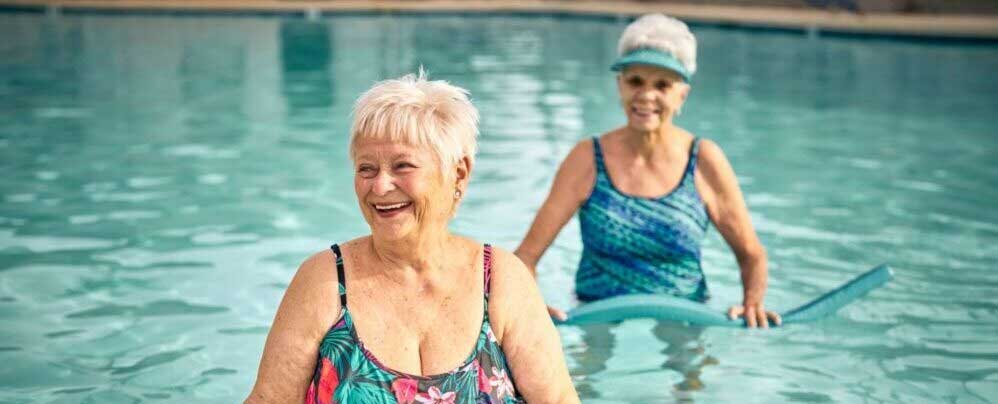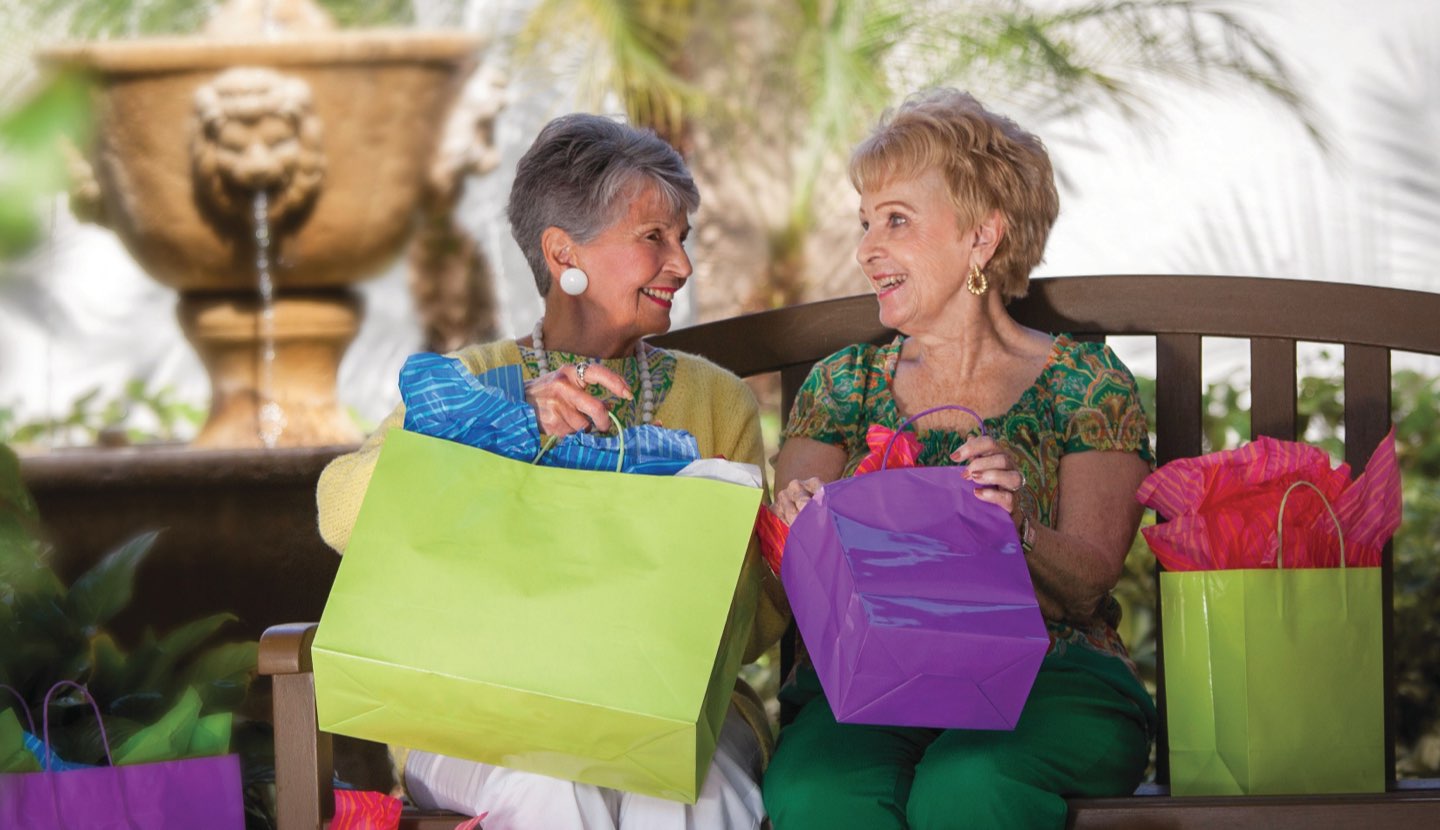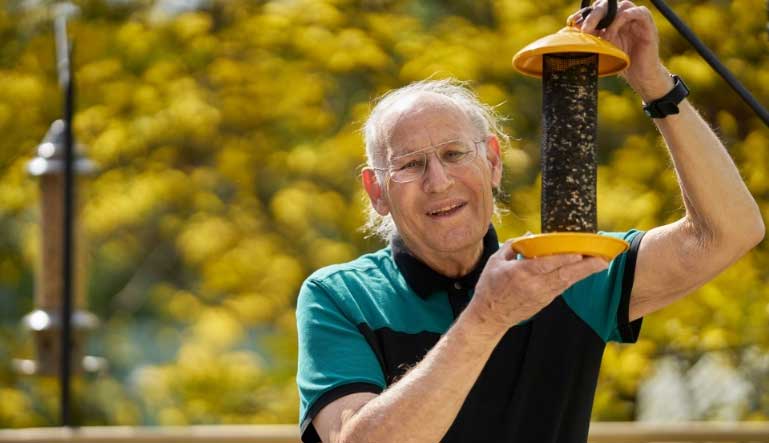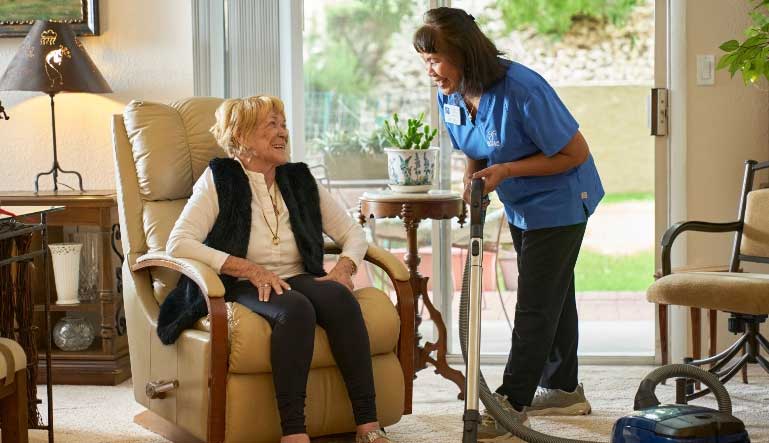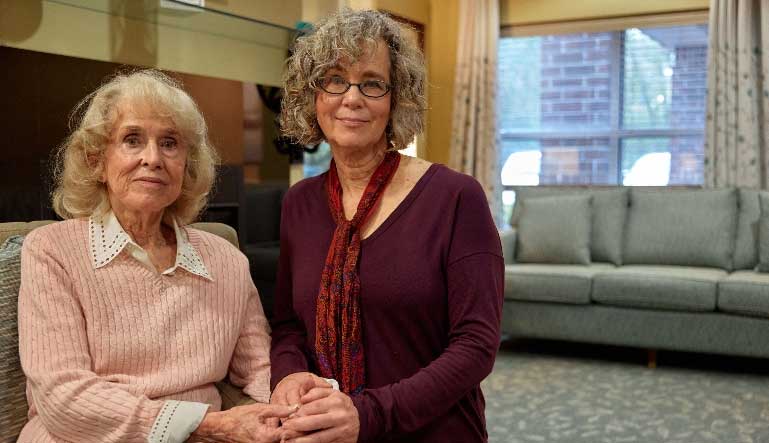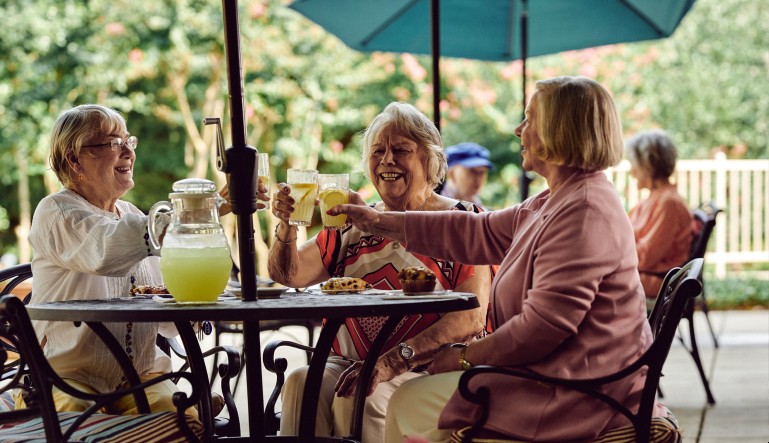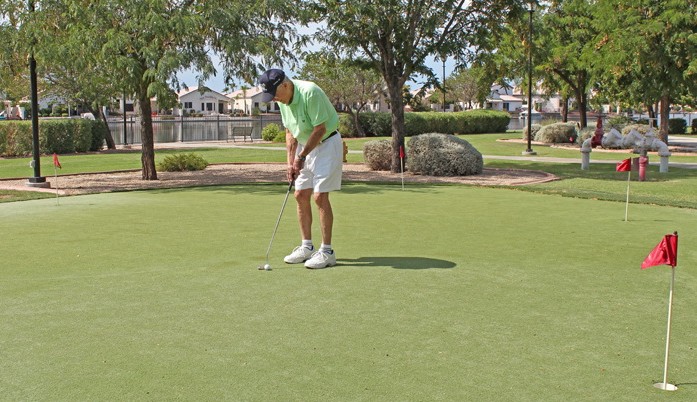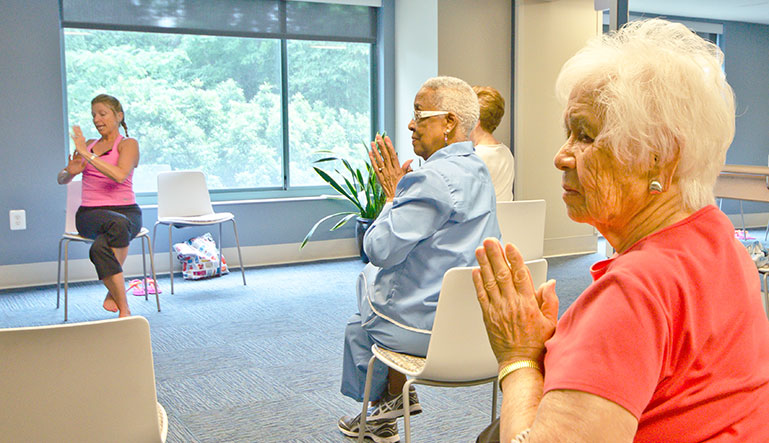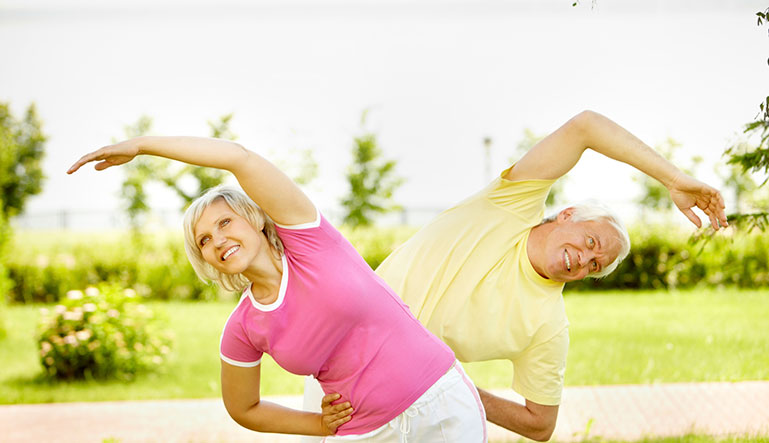Having a bad day or feeling down once in a while is a normal part of life, but having these same feelings day in and day out is usually a sign of something worse—depression. In older adults, depression is not just being melancholy, having “the holiday blues”, or being upset at the loss of a loved one. It’s a very real, but treatable, medical condition.
In this article:
- Symptoms of Depression in Older Adults
- Common Causes of Depression in the Elderly
- How to Help Seniors with Depression
Senior depression is not a normal part of aging, but older adults are at higher risk for experiencing depression. According to the Centers for Disease Control, depression in seniors can often be misdiagnosed due to healthcare providers mistaking depression symptoms as a natural reaction to illness or other life changes.
While seniors are at higher risk for depression, the vast majority of seniors are not depressed. Additionally most seniors see improvements in their symptoms when treated with antidepressant drugs, therapy, or both.
Here are some tips to recognize depression in older adults and how to get help:
Symptoms of Depression in Older Adults
It isn’t always easy to recognize the signs of depression in older adults— you may notice a plate of empty food or a loss of interest in hobbies that were once pleasurable. One of the biggest tell-tale signs of depression is prolonged feelings of sadness or anxiety that can last for weeks. Older adults with depression may also be experiencing:
- Feelings of guilt, helplessness, hopelessness, sadness, or pessimism
- A lack or loss of interest in activities that once brought pleasure
- Decreased energy
- Inability to concentrate or make decisions
- Insomnia or excessive sleeping
- Overeating or appetite loss
- Excessive consumption of alcohol
- Thoughts of suicide and suicide attempts
Common Causes of Depression in the Elderly
The exact causes of senior depression are unknown, but experts believe it may be caused by a combination of factors in a person’s life. While it’s important to know the symptoms of depression in older adults, it’s just as important to know what can put someone at risk for experiencing depression. Each person is different, but here is a list of potential factors that can contribute to depression in older adults:
Isolation
As adults age, their worlds can feel increasingly isolating. Partners and loved ones can pass away; neighbors, friends, and family may move; and the ability to physically leave home may become more difficult.
Medical issues
Older adults may struggle after a medical procedure or illness. A surgery that doesn’t allow a person to be as active as they once were or an illness like cancer, stroke, or chronic can contribute to feelings of helplessness.
Traumatic or stressful events
Major traumatic events in a person’s life can happen when they’re least expecting it. Seniors can be victims of abuse, experience the death of a loved one, or have financial problems that can all affect their mental state.
Using alcohol or drugs
Certain medications can cause changes in a person’s behavior and mentality. It’s always best to talk to your doctor about how your medications are affecting you or a loved one. Alcohol consumption can also lead to similar emotional changes.
How to Help Seniors with Depression
The good news is that there are plenty of ways to help and support seniors with depression. If you are concerned about a loved one who may be experiencing depression here is a list of ways you can support them:
Talk it out
Communication is key. Having a one-on-one conversation with a loved one is one of the best ways to know what’s going on with them. Sometimes just venting can help an older adult, other times you may find they need help, but are struggling to ask for it. Either way take some time to discuss what is happening in their life.
Frequent check-ins
Moving to a senior living community is a major change for an older adult. One way to make them feel more at home is by making frequent visits or phone calls. Set up a schedule and carve out time to let your family member know you’re there for them. Simple questions like “how are you doing?” and “what did you do today?” can go a long way.
Schedule activities
If you’re able to visit in-person, spend time playing games, going for walks, or venturing out into the local town. Set up an activity like going to a museum, a new restaurant, or seeing other friends and family to give the older adult in your life an event to look forward to.
Accompany them to see a health care provider
Approach this subject delicately, as your family member may be hesitant to seek help. By offering to join an older adult to an appointment, you can show that they’re not alone no matter what they’re going through. This can also be an important step for your loved one to be diagnosed and, if needed, treated.
The Benefits of Finding a Community
Moving to a senior living community can also have numerous benefits for an older adult with depression. Communities like Five Star Senior Living offer a welcoming atmosphere that brings older adults together to make new connections and stay active with a suite of programs and activities.
AlerisLife and Five Star Senior Living communities believe a person’s quality of life is ageless. At Five Star Senior Living communities, we offer a wide range of senior living options built with a high level of service and sense of community.
Contact us to find a senior living community near you.

